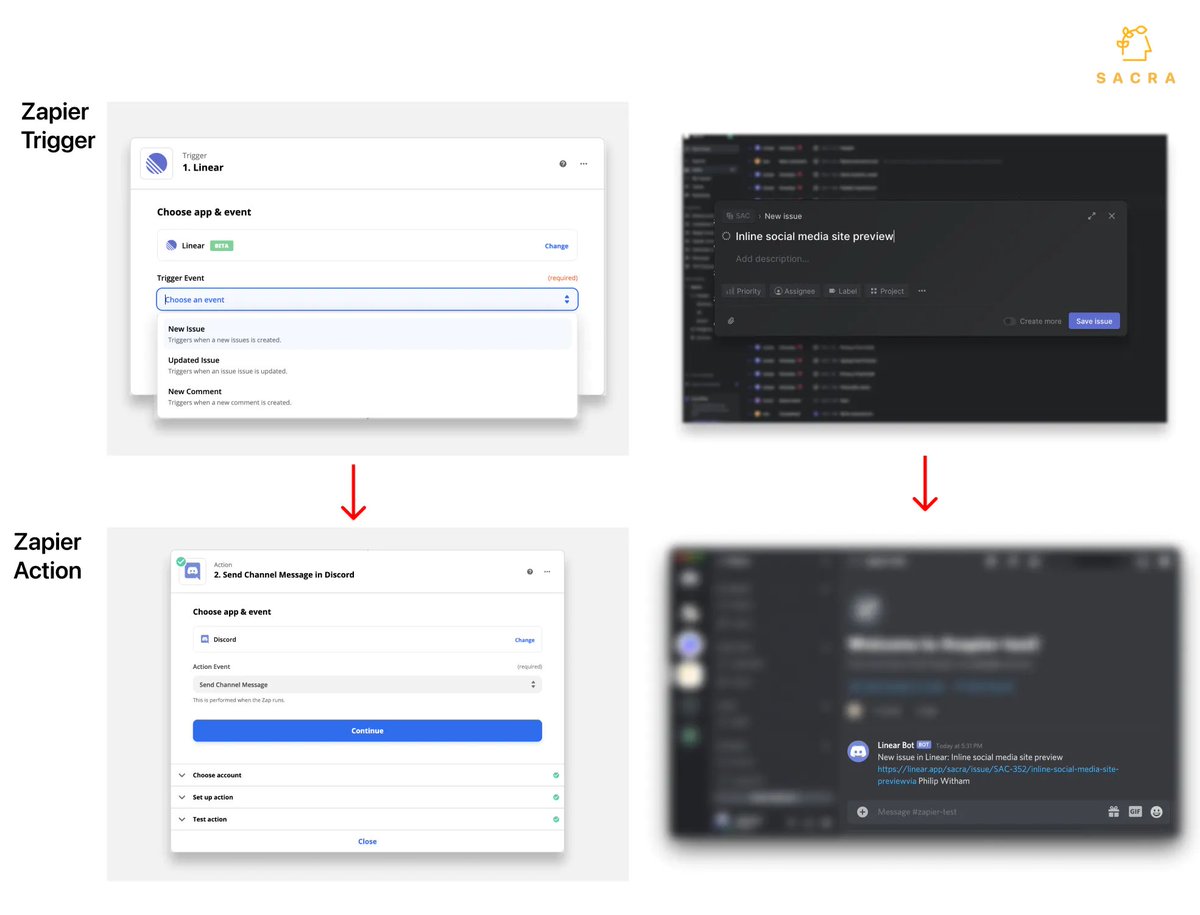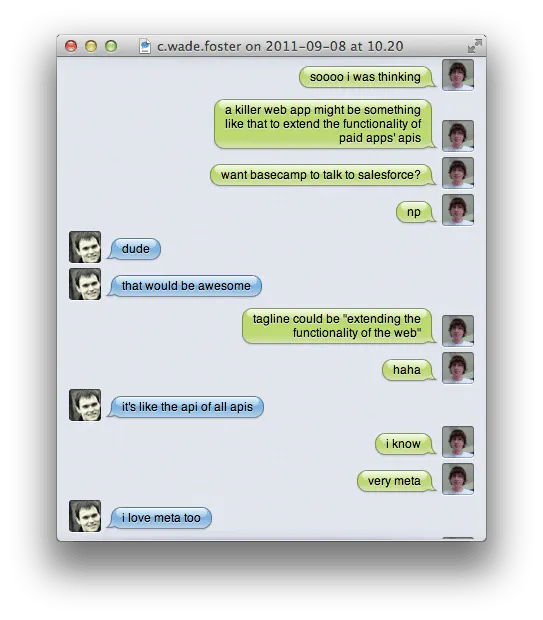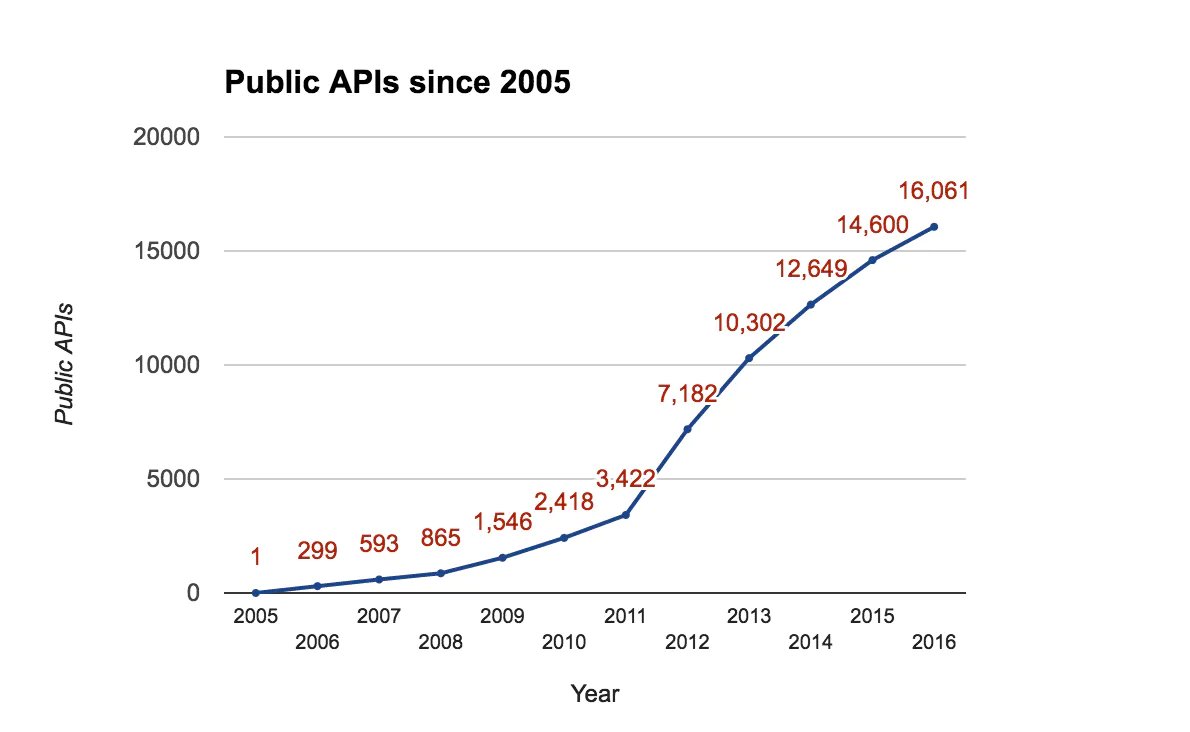We believe
@seqouia and
@steadfast got a good deal buying into Zapier at $5B.
We value Zapier at $7B based on:
- 30-50% YoY growth over the next five years
- Zapier’s monopoly status in the solopreneur/SMB market
- 30-40% YoY growth of no-code TAM
No-code is huge and growing, but as
@edavidpeterson has written, no-code is about more than tools: it’s about a philosophy that emphasizes interoperability and customizing your software to your needs.
https://t.co/UJY6BRtXwl
.@zapier enabled interoperability by building a solution to one of the intractable problems in SaaS: APIs that don’t talk to each other.
The product took off and hit $100M ARR in just 9 years, comparable to companies that have raised 100x as much money.
https://t.co/0Thk42eRpJ
Zapier was riding an explosion in APIs that started the same year they were founded—2011.
Suddenly, every SaaS business wanted to offer its users extensibility, but not spend time figuring out what integrations to build or building them.
That’s where Zapier came in handy.
With Zapier, companies could write a few simple integrations and immediately be paired up with hundreds, then thousands of other apps.
For them, integrating with Zapier delivered value to their users, but it also provided a new distribution channel.
There’s a parallel here between how companies thought about Zapier and how studios thought about
@netflix. Studios thought Netflix was just another distribution channel.
All the while, it was becoming a hugely influential platform of its own.
Like Netflix, Zapier built a growth engine based on content—specifically, programmatically generated, SEO-optimized landing pages for each new integration on the platform.
Today, Zapier gets 6M+ site visits per month, more than
@Deadspin, @TeenVogue or
@Gothamist.
To the chagrin of some of Zapier’s partners, Zapier advertises their competitors on those same pages.
Rather than simply a utility to connect two products, Zapier has become an ecosystem unto itself—a marketplace for applications driving discoverability and setting standards.
One of Zapier's big challenges is the rise of native integrations, with companies bringing their integrations in-house via tools like
@trayio and
@useparagon to improve the user experience.
(See: studios like
@Disney building apps like
@disneyplus)
For SaaS companies, sending customers away to Zapier to wire up their own integrations is bad UX.
There’s a world where companies, optimizing for activation, build the handful of native integrations that are most valuable in-house and outsource the rest.
In some verticals, companies are taking on Zapier by building automation solutions that do a better job with the JTBD in a specific market, like
@AlloyAutomation or
@parabolahq in ecommerce,
@LevityAI in machine learning, and other “Zapier for X” companies.
Then there’s
@airtable, which announced last year that it was building out its own integration platform in a shot across the bow.
It turns out the whole “AWZ stack” is an unstable triad, with all three players converging on each other, directly or indirectly.
But Zapier has a secret weapon—a huge audience for whom they are the #1 destination not just for finding integrations but for insights into productivity and lists of the best tools.
If Zapier flipped Airtable’s strategy around, and built a Zapier-native data store to eat Airtable, they would have a huge preloaded customer base and the ability to enable far more powerful and robust workflows from right within Zapier.
This would be Zapier’s “Netflix” move.
Netflix changed the content game by modularizing TV and movies and getting closer to viewers, and doing so gave them the data they needed to become an original content powerhouse.
Zapier has commoditized its partners. The data they get from them on how their products are used is without parallel. They've started building their own version of original content in Zapier native actions.
Now, Zapier has the opportunity to not just pipe its customers’ data around, but own it, and become a productivity super aggregator.
We go into far more depth in our full report where we break down Zapier’s growth engine, their bear/base/bull cases and the whole competitive landscape for no-code and automation.
Check it out here 👉
https://t.co/0uYru7oEOS












